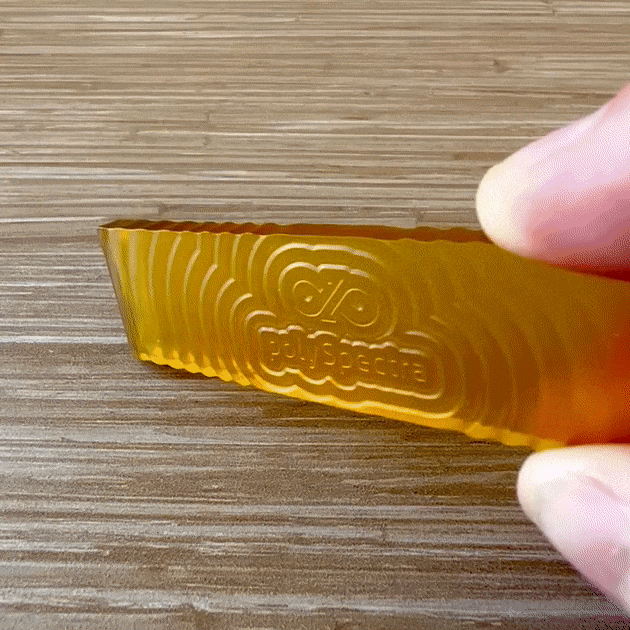Chemical Resistance in Photopolymer Resin 3D Printing
Chemical resistance in the context of photopolymer resin 3D printing is a critical property that determines the suitability of printed parts for various applications, especially those involving exposure to chemicals. This report provides an analysis of selected sources that contribute valuable insights into the chemical resistance of materials used in stereolithography (SLA), vat photopolymerization, and polymer additive manufacturing.
Springer Chapter on Vat Photopolymerization Technology
Relevance: The Springer chapter provides a comprehensive review of vat photopolymerization technology, including the chemistry involved in the process. Understanding the fundamental chemistry is essential for assessing the chemical resistance of the final printed parts.
Reliability: Academic publications like Springer are generally reliable due to the peer-review process. The chapter is likely to be well-researched and provides a scholarly perspective on the topic.
Significance: This source is significant because it delves into the chemical transformation of resins during the printing process, which is a key factor in determining the chemical resistance of the final product.
Key Points:
- Vat photopolymerization involves photoinduced polymerization of liquid resins.
- The chemical transformation from monomers and oligomers to polymers results in a phase change from liquid to solid.
- The chapter discusses the versatility of polymer chemistry in vat photopolymerization, which can lead to tailored performance and chemical resistance.
NCBI Article on Photopolymerization in 3D Printing
Relevance: This NCBI article reviews three photopolymerization technologies and their after-cured mechanical properties. The discussion on mechanical properties is relevant to chemical resistance as it often correlates with how materials withstand chemical attack.
Reliability: NCBI is a reputable source for scientific literature, and the article is likely to be credible. It provides a broad overview of photopolymerization technologies, which can be trusted for accuracy.
Significance: The article is significant for understanding the relationship between the photopolymerization process and the mechanical properties of the printed parts, which includes their chemical resistance.
Key Points:
- Reviews SLA, DLP, and CDLP photopolymerization technologies.
- Lists after-cured mechanical properties of light-curable resin materials.
- Provides case studies showing applications of these technologies in practice.
ScienceDirect Article on Vat Photopolymerization of Ceramics
Relevance: The ScienceDirect article discusses the challenges of preparing thick-walled ceramic components using vat photopolymerization. While focusing on ceramics, the insights into the degreasing process and cracking prevention are relevant to understanding the chemical stability of photopolymer resins.
Reliability: ScienceDirect is a leading peer-reviewed scientific database, making this source highly reliable. The research presented is likely to be of high quality and rigor.
Significance: This source is significant as it touches on the behavior of resins under thermal stress during post-processing, which can affect chemical resistance.
Key Points:
- Discusses the degreasing mechanism of ceramics in vat photopolymerization.
- Explores the influence of plasticizers on degreasing behavior and resin decomposition.
- Highlights the importance of avoiding cracks during post-processing, which can impact chemical resistance.
RSC Article on Additive Manufacturing of Polymeric Materials
Relevance: The RSC article provides an overview of the development of functional polymers and composites by 3D printing technologies. It discusses the importance of material properties, including chemical resistance, for engineering applications.
Reliability: The Royal Society of Chemistry is a reputable organization, and its publications are considered reliable. The article is likely to provide accurate and relevant information on the topic.
Significance: The source is significant as it explores the potential of 3D printing technologies to produce customized objects with specific material properties, including chemical resistance.
Key Points:
- Highlights the growth of additive manufacturing in the polymer market.
- Discusses the development of functional polymers and composites with tailored properties.
- Emphasizes the importance of material properties, such as chemical resistance, for customized geometries and applications.
Conclusion
The sources provided offer a comprehensive understanding of chemical resistance in photopolymer resin 3D printing. They cover empirical data, industry insights, academic reviews, and scientific research, providing a well-rounded perspective on the topic. Each source contributes uniquely to the understanding of how photopolymer resins behave in the presence of chemicals, which is crucial for their application in various industries. The reliability and significance of these sources make them excellent references for further research into the chemical resistance of photopolymer resins in 3D printing applications.
